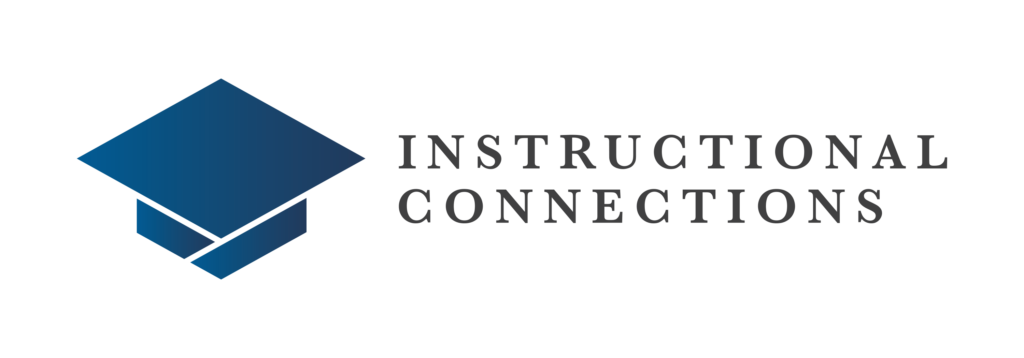If you’ve worked in higher education, you know that change is inevitable. It’s a fact of life in many industries, but higher education has seen meaningful changes in the last few years. A massive rise in online education has placed new strains on higher education institutions. Many education leaders struggle to keep abreast amidst this changing landscape of online education.
The Changing Landscape of Online Education Report, also known as CHLOE, is a report that helps online educators understand the current state of the industry and future trends. To help maximize your time and allow you to better prepare for the continually evolving online education industry, Instructional Connections noted some key findings from CHLOE Report 4. The original research can be linked here but read on for some topline summaries.
Specific & Unprecedented Challenges For Higher Ed
The coronavirus emergency forced higher education institutions to change their online infrastructure in days and saw a massive shift to online education. This lateral brought thousands of students into online education who might not have otherwise considered it.
While many have returned to the classroom, the infrastructure to support massive online education is still up and running. More institutions are offering a more significant number of online education courses. Students, particularly non-traditional students, are increasingly leveraging these courses as they fit into busy lives better than in-person learning.
The Changing Landscape of Online Education Report 4
CHLOE 4 attempts, like previous CHLOE reports, to shed more light on higher education institutions’ priorities, challenges, and successes as they navigate a constantly evolving online education environment.
Previous CHLOE reports have noted that online education has continuously evolved – considerably in the past few years – and there is no single way of mainstreaming online education. New needs and challenges force online education leaders to respond and adapt, and CHLOE attempts to chronicle those adaptions.
The Chief Online Officer Role
The title of Chief Online Officer is a crucial focus of online education studies. This role suggests an organization committed to interweaving online education as part of the fabric of its modus operandi. Research has highlighted that most of these positions were created within the last decade. While some 15% of roles were established before the millennium, most were created post-2010.
The rise of this role is in line with the specific duties and responsibilities that Chief Online Officers face. CHLOE 4 looked at self-reporting work duties of Chief Online Officers and found that some 61% of Chief Online Officers found their tasks and workload increasing. Only 4% found their duties decreasing. This research shows that Chief Online Officers are becoming increasingly important in online education.
CHLOE 4 analyzes third-party Online Partner Managers (OPMs) as a potential resource for higher education institutions. Some 24% of the CHLOE sample used third-party OPMs in the latest sample, up from 15% from CHLOE 1 in 2017.
Upon further investigation, the reasons Chief Online Officers turn to OPMs appear varied. The most common reasons higher education institutions turn to OPMs include additional OPM expertise, rapid scaling of online education programs, and rapid development. Indeed, the function of the OPM partners used by online education providers is even more diverse in the CHLOE 4 sample. Depending on the specific partner, OPM duties varied from marketing online programs to helping faculty build programs to proctoring exams.
Learnings & Next Steps
The critical goals of CHLOE 5 are varied. Student needs for online education, specifically by region, institution, and type, will be analyzed further. CHLOE 5 also aims to investigate where the most significant potential for future online education lies, and CHLOE 5 will study differences in field of study and degree type.
Instructional Connections is proud to sponsor this research and is thankful for the opportunity to support the CHLOE studies.











